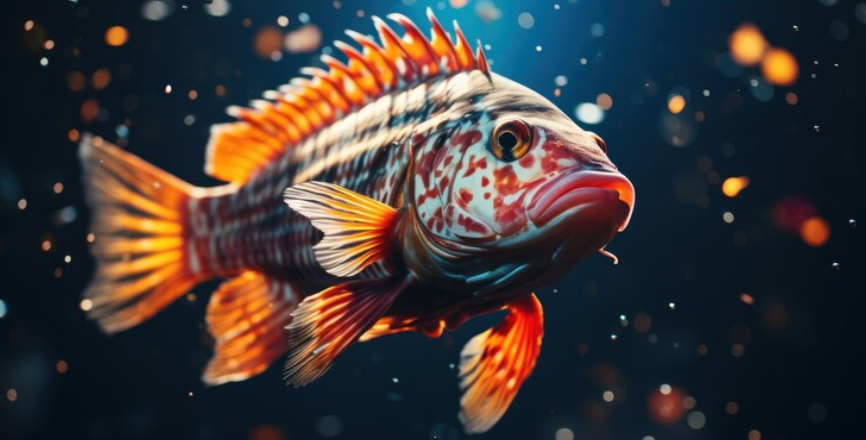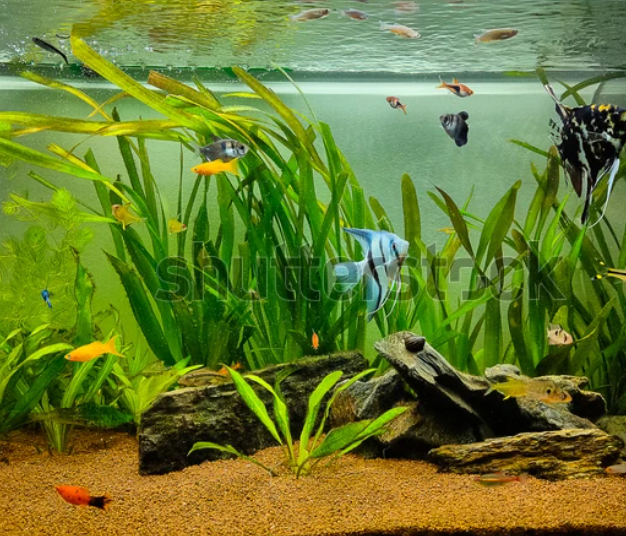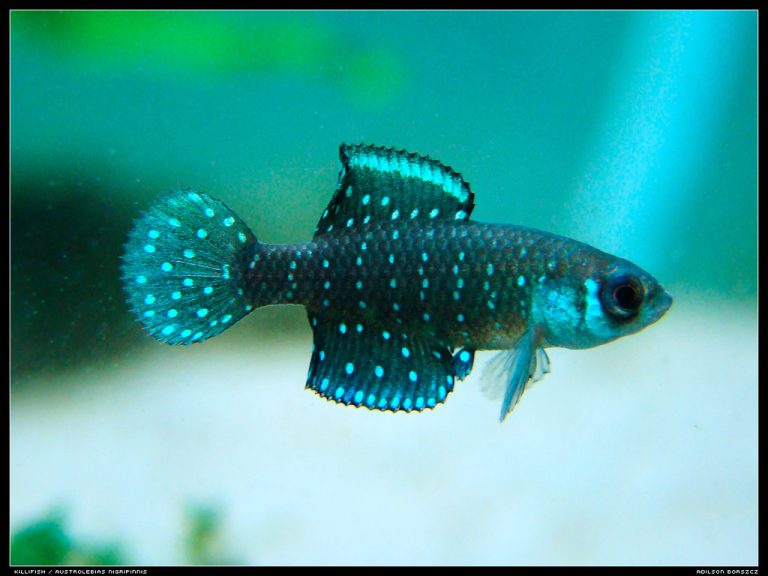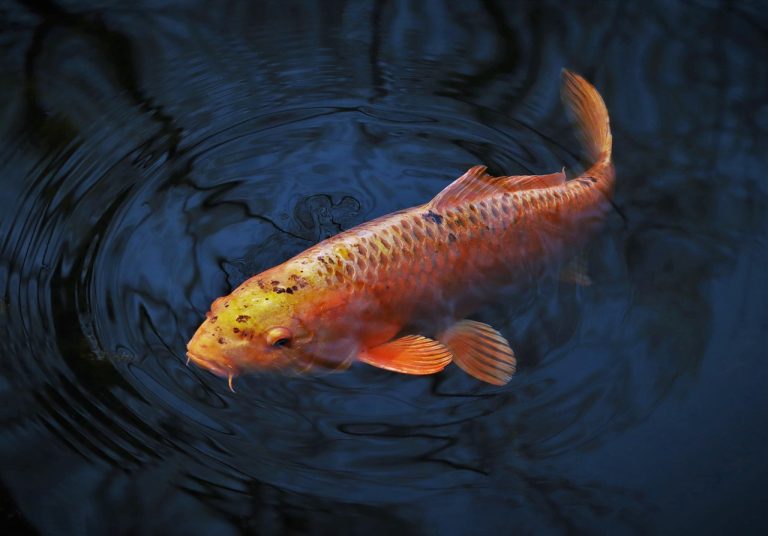Welcome to the world of marine reefkeeping, where the vibrant and captivating flame hawkfish finds its home. If you’re considering adding this stunning species to your reef aquarium, it’s crucial to understand how to keep flame hawkfish reef safe and healthy. In this comprehensive guide, we’ll delve into the specifics of caring for flame hawkfish, ensuring a harmonious and thriving reef ecosystem.
Flame Hawkfish Reef Safe: Ensuring Compatibility
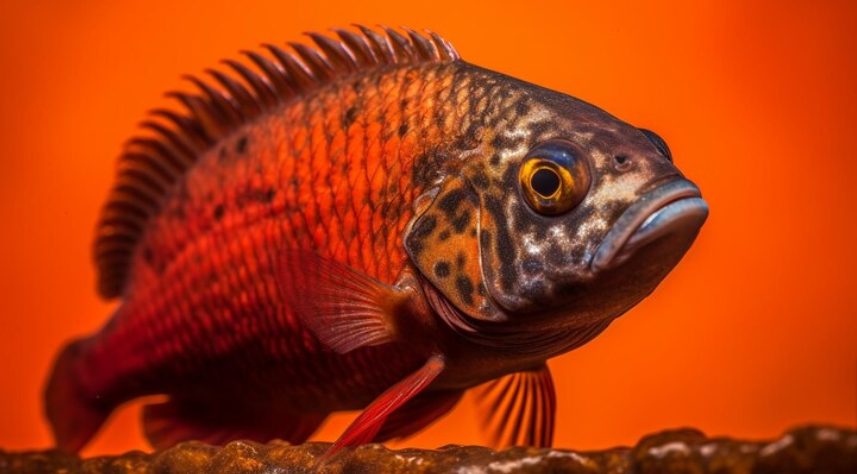
Understanding Flame Hawkfish Behavior
Flame hawkfish, scientifically known as Neocirrhites armatus, are known for their striking red coloration and perching behavior. Before bringing them into your reef tank, it’s essential to comprehend their unique characteristics. These fish love to perch on corals and rocks, using their pectoral fins like feet. This behavior is not harmful to the reef if managed responsibly.
Selecting Compatible Tankmates
To maintain a flame hawkfish reef safe environment, it’s crucial to choose tankmates wisely. Opt for species that are peaceful, non-aggressive, and unlikely to harass your hawkfish. Good options include gobies, blennies, and peaceful damselfish. Avoid aggressive or territorial species that could stress or harm your flame hawkfish.
Creating Adequate Hiding Spots
Flame hawkfish appreciate hiding spots within the rockwork of your aquarium. These safe spaces provide them with security and reduce stress. Ensure your reef setup includes caves, crevices, and overhangs where your hawkfish can retreat if needed.
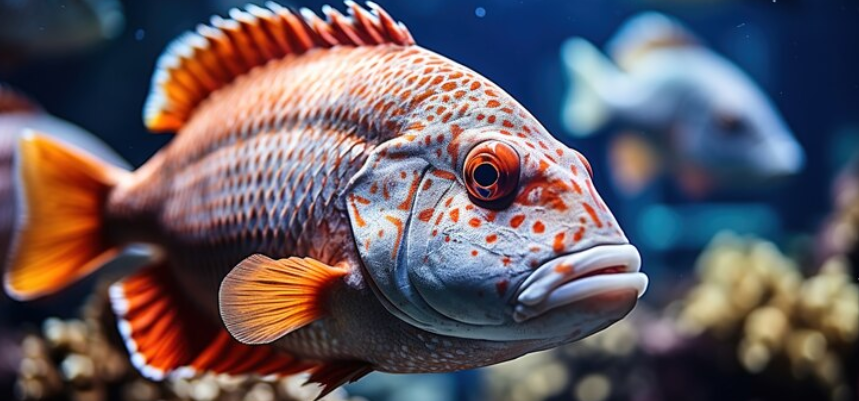
Flame Hawkfish Reef Safe: Habitat and Tank Setup
Water Parameters
Maintaining proper water quality is paramount for a flame hawkfish reef safe environment. Aim for the following water parameters:
- Temperature: 76-80°F (24-27°C)
- pH Level: 8.1-8.4
- Salinity: 1.023-1.025
- Ammonia, Nitrite, and Nitrate levels should be kept at undetectable levels.
Lighting
Flame hawkfish prefer moderate to high-intensity lighting. Ensure your reef tank’s lighting system supports the photosynthetic needs of corals and provides suitable conditions for your hawkfish.
Live Rock and Coral Selection
Incorporating live rock into your aquarium not only enhances biological filtration but also provides essential hiding spots for your flame hawkfish. Additionally, choose corals that are compatible with your hawkfish, avoiding species with aggressive stinging tentacles.
Flame Hawkfish Reef Safe: Feeding and Nutrition
Dietary Requirements
Flame hawkfish are carnivorous, primarily feeding on small crustaceans and tiny fish in their natural habitat. To replicate their diet in captivity, offer a variety of meaty foods such as brine shrimp, mysis shrimp, and high-quality marine pellets.
Feeding Frequency
Feed your flame hawkfish reef safe diet 2-3 times a day, providing small portions that they can consume within a few minutes. Overfeeding can lead to water quality issues.

Flame Hawkfish Reef Safe: Common Questions
Are flame hawkfish reef safe with aggressive fish species?
Flame hawkfish should be kept away from aggressive or predatory fish that may view them as a snack.
Do flame hawkfish tolerate other hawkfish species?
Flame hawkfish tend to be territorial and may not coexist peacefully with other hawkfish species.Can flame hawkfish live in a reef tank with anemones? It’s best to avoid anemones in a tank with flame hawkfish, as anemones can sting and harm them.
How do I acclimate flame hawkfish to my reef tank?
Slowly drip acclimate your hawkfish to match the water parameters in your aquarium.
What should I do if my flame hawkfish stops eating?
Monitor water quality and offer a variety of foods to entice your hawkfish to eat. If issues persist, consult with a marine aquarium expert.
Do flame hawkfish need a specific water flow in the tank?
Provide moderate water flow to simulate their natural habitat, but avoid strong currents that could stress them.
Conclusion
In conclusion, creating a flame hawkfish reef safe environment in your marine aquarium requires careful consideration of their behavior, tank setup, and compatible tankmates. By providing the right conditions and following best practices, you can enjoy the beauty of these vibrant fish while maintaining a thriving reef ecosystem.
